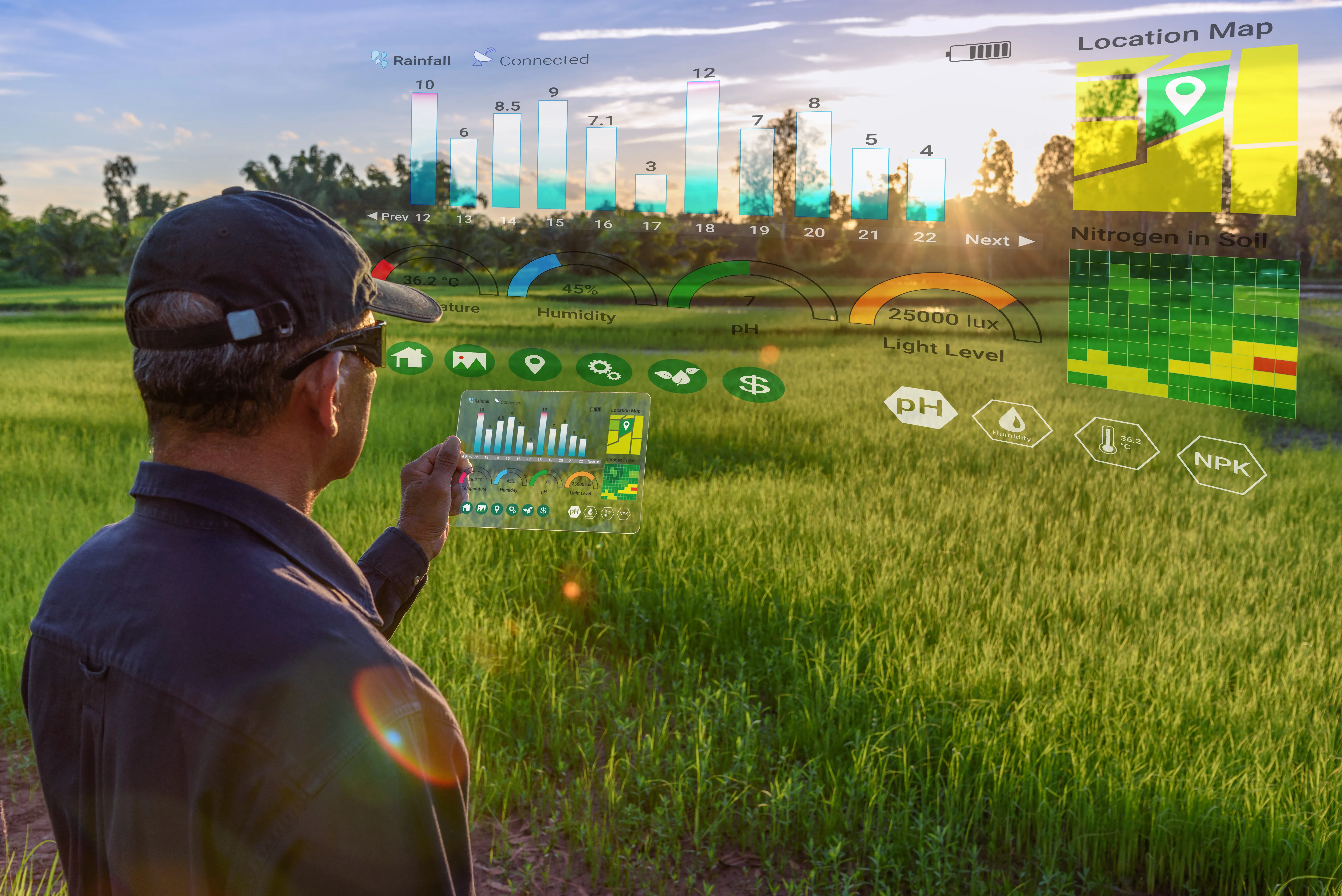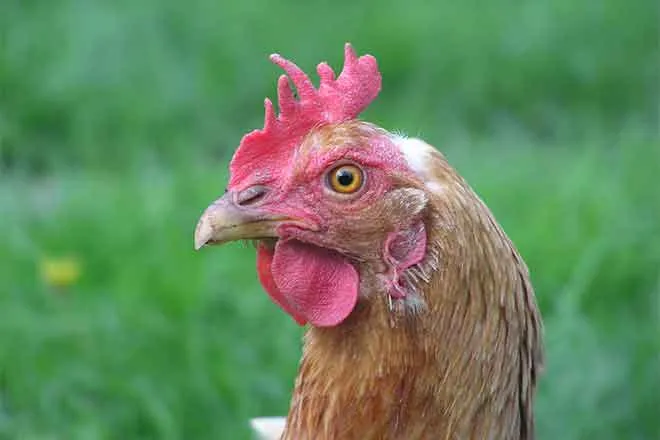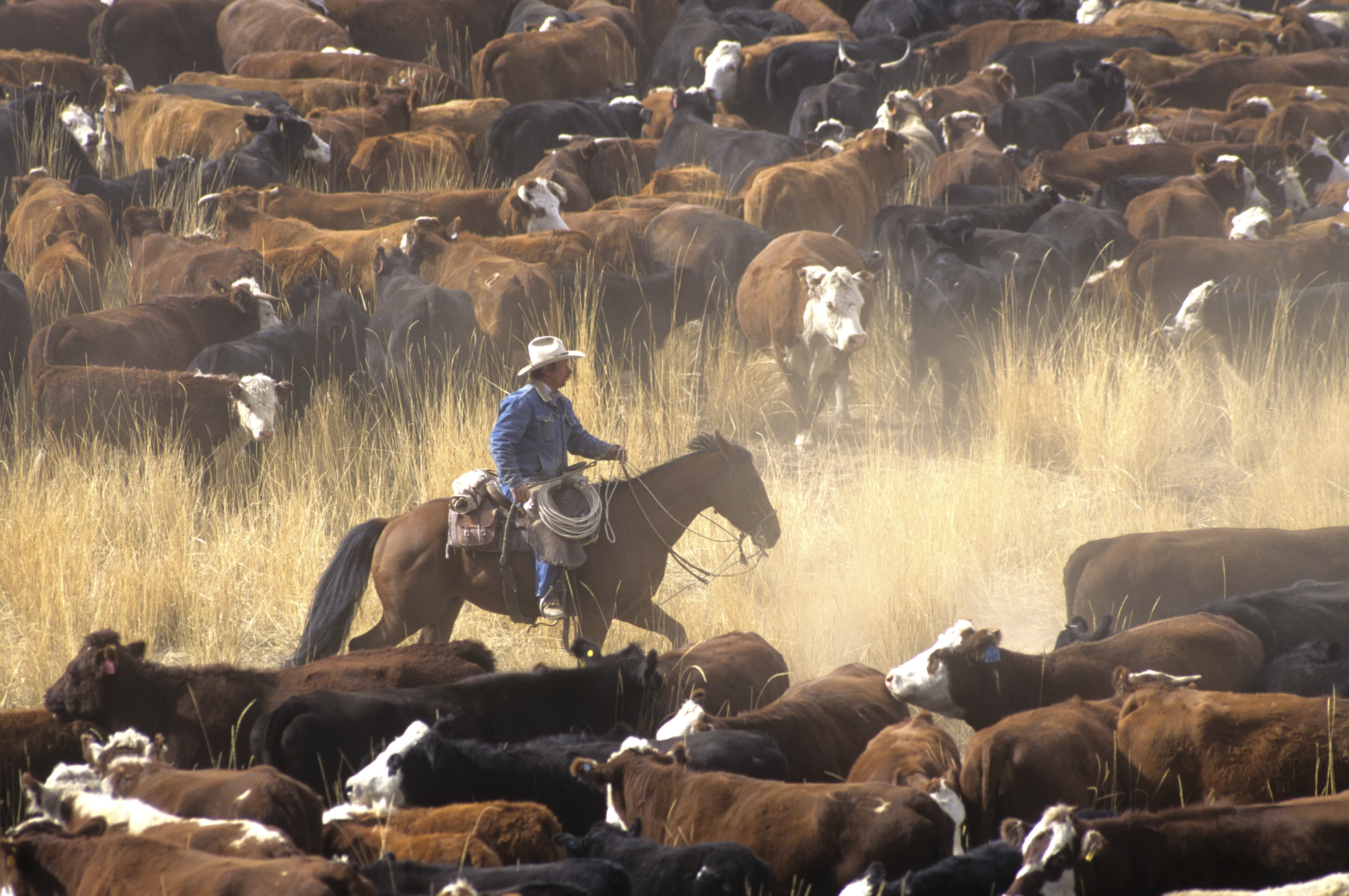
USDA expect retail food prices to increase by an additional 5 percent
Bethany Blankley | The Center Square contributor
(The Center Square) – The U.S. Department of Agriculture expects U.S. food prices to increase by at least another 5 percent on average this year as most Americans surveyed in a new poll cite cost of living increases as a top concern and lack of confidence in President Joe Biden’s ability to do anything about it.
Rising prices are due to inflation, the Federal Reserve increasing interest rates, and consequences of Russia invading Ukraine, the USDA states in its most recent monthly Food Price Outlook, which forecasts retail food inflation.
The USDA said it raised its estimate after two months of price surges “across many of the food categories.”
“The impacts of the conflict in Ukraine and the recent increases in interest rates by the Federal Reserve are expected to put upward and downward pressures on food prices, respectively,” it adds.
All food prices are expected to increase between 4.5 percent and 5.5 percent, it states, with the cost of cooking oils and poultry increasing the most by roughly 7 percent. Only the cost of fresh vegetables was revised downward.
“Retail poultry prices have been high with historically low stocks of frozen chicken,” or cold storage, it adds, attributing some of this to an outbreak of avian influenza. Egg prices are predicted to increase between 2.5 percent and 3.5 percent.
The USDA attributes increased dairy prices to “rapid increases in the consumption of dairy products.” In February, retail dairy prices increased by 1.6 percent and are expected to increase between 4 percent and 5 percent overall this year compared to last year.
The cost for fats and oils will increase by 6 percent and 7 percent, respectively; fresh fruit costs will rise between 5 percent and 6 percent; and processed fruit and vegetable will rise between 4.5 percent and 5.5 percent.
The USDA’s forecast is in line with a recent analysis by Dallas Fed economists on the impact of sanctions on Russia.
“The effect of the Russian invasion is not limited to energy markets,” they write. “Russia and the Ukraine together account for 29 percent of global wheat exports. The disruption of exports from the Black Sea together with financial sanctions on Russia means that the supply of wheat and other grains is likely to be curtailed in 2022 and beyond. The diminished supply, along with a shortage of fertilizer produced from natural gas, will drive up global food prices and reinforce the growth-retarding and inflationary effects of higher fuel prices.”
Prior to Russia’s invasion of Ukraine, inflation hit a 40-year high and food prices had already begun their steady rise. The conflict is expected to exacerbate existing cost of living conditions as Americans express losing confidence in Biden’s ability to improve the economy or have any influence on the Russian-Ukrainian conflict.
A recent NBC News poll found that 62 percent of respondents said their family income is falling behind cost of living increases, the most important issue identified by those polled.
A strong majority, 71 percent, said the nation is on the wrong track, as evidenced by Biden’s approval rating of 40 percent. A majority polled, 55 percent, say Biden isn’t doing a good job on a range of issues, with sky-high prices from food to gas among top concerns.
“Just some” (27 percent) and “very little” (44 percent) said they had confidence in Biden’s ability to respond to Russia’s invasion of Ukraine. This included 43 percent of Democrats who said they have “just some” (36 percent) or “very little” (7 percent) confidence, according to the poll.
A combined 57 percent of respondents said they believe the U.S. is already at war with Russia (16 percent), or that it will be within the year (41 percent).
















